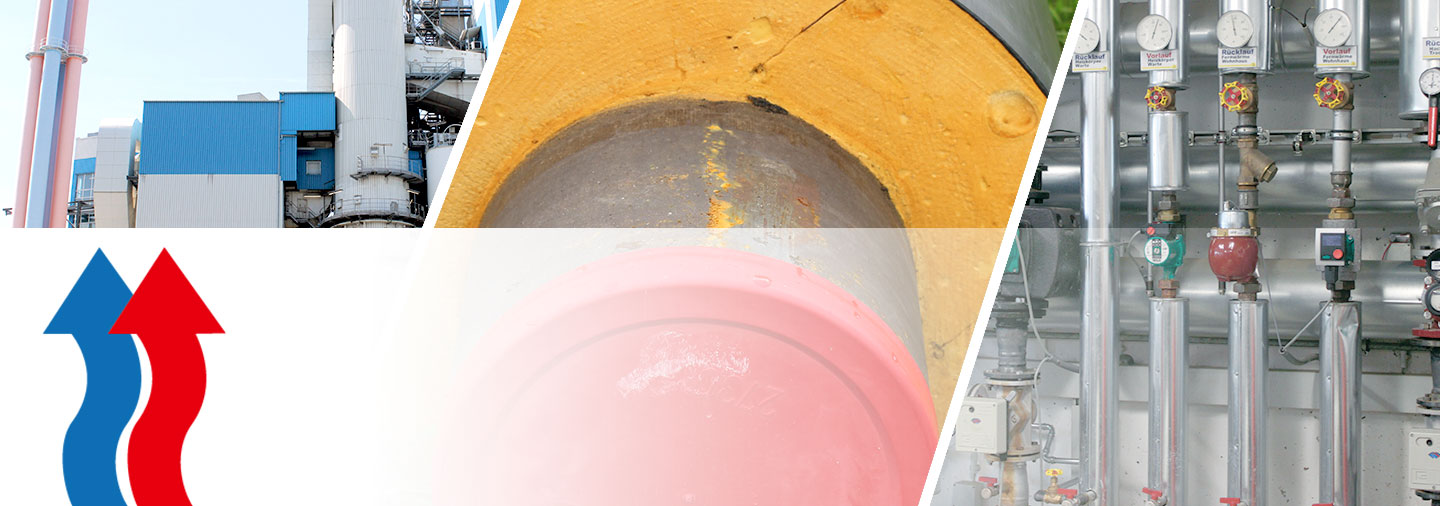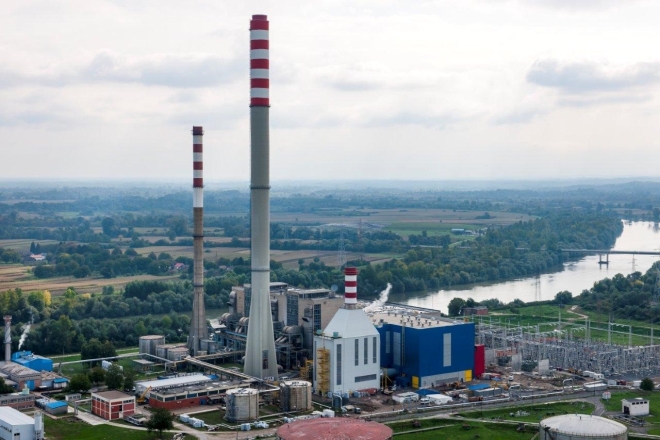

Informacje i Wydarzenia
WS 7, Sesja 3: W jaki sposób strategia biogospodarki UE i jej nadchodzący przegląd powinny odnosić się do wyzwań wynikających z kompromisów związanych z biogospodarką?
WS7, Sesja 2: Wykorzystanie biomasy i bezpieczeństwo żywnościowe: synergie i wyzwania
WS7, Session 1: Równoważenie celów społeczno-gospodarczych i środowiskowych: Wskaźniki, narzędzia i praktyczne spostrzeżenia
WS6, Sesja 3: Zarządzanie regionalnymi systemami opartymi na biotechnologii
WS6, Sesja 2: Zarządzanie regionalnymi systemami opartymi na biotechnologii
WS6, Sesja 1: Zarządzanie regionalnymi systemami opartymi na biotechnologii
WS5, Sesja 3 - Innowacje społeczne na obszarach wiejskich: Odtwarzanie systemu żywnościowego poprzez innowacje społeczne
WS5, Sesja 2 - Innowacje społeczne na obszarach wiejskich: Wspieranie nowatorskich podejść współpracy w celu pobudzenia innowacji społecznych
WS5, Sesja 1 - Innowacje społeczne na obszarach wiejskich: Wzrost społeczności wiejskich poprzez innowacje społeczne - polityki, koncepcje i czynniki
WS 1, Sesja 3 - Innowacyjne zastosowania nawozów opartych na biopaliwach w nowoczesnym rolnictwie
WS 1, Sesja 2 - Zamknięcie pętli: łańcuchy wartości recyklingu składników odżywczych i optymalizacja logistyki
WS 1, Sesja 1 - Wprowadzenie i główne trasy recyklingu: kompostowanie i trawienie
WS 3, Sesja 3 - Cyfryzacja w biogospodarce - przyszłe trendy i innowacje w biogospodarce cyfrowej
WS 3, Sesja 2 - Cyfryzacja w biogospodarce - zastosowania cyfryzacji w biogospodarce
WS 3, Sesja 1 - Cyfryzacja w biogospodarce - Wprowadzenie do cyfryzacji w biogospodarce
WS 2, Sesja 3 - Włączenie producentów surowców do łańcuchów wartości opartych na biotechnologii: Innowacje i wyzwania w produkcji i mobilizacji biomasy
WS 2, Sesja 2 - Włączanie producentów surowców do łańcuchów wartości bioproduktów: Łańcuchy wartości i rynki - łączenie producentów i zainteresowanych stron
WS 2, Sesja 1 - Włączenie producentów pierwotnych do łańcuchów wartości opartych na biotechnologii: Produkcja biomasy przez rolników i leśników
SCALE-UP Project Study Tour Unveils Potential in Strumica, North Macedonia
WS 4, Sesja 3 - Sesja szkoleniowa na temat wydajnej regionalnej logistyki biomasy i infrastruktury Zrównoważony rozwój i czynniki polityczne dla regionalnej biogospodarki
Sisak, Croatia
The target city of the Upgrade DH project in Croatia is the city of Sisak. It is a middle sized city located in the Sisak – Moslavina County, southeast from the Croatian capital, Zagreb. The city is the administrative, cultural and historical center of the county, as well as one of Croatia’s biggest river ports and industrial cities. Total number of inhabitants is 47,768, as stated in the 2011 population census. Out of this number, 33,322 inhabitants live in the urban settlement. The city will not be a partner in the project, but will support the consortium by the means of the letters of support.

Regarding the heat supply, parts of the city are covered by a district heating network, which is operated by HEP Toplinarstvo, a sister company of the Croatian largest energy utility company HEP Group. Overall, 4,139 consumers are connected to the DH grid, out of which 86 are industrial customers. Therefore, steam is also being distributed, mainly for industrial purposes. The distribution network is supplied by a cogeneration plant, with installed electric capacity 420 MWel. Accept from the cogeneration plant, a heat only boiler with the installed capacity of 120 MWth supplies a separate DH network. The plan is to connect the two DH networks in near future. The overall heated area of households is 229,159 m2, while for the other consumers (mostly industry) it is 3,800 m2. Both heat production plants use natural gas as an energy source and are operated by HEP Toplinarstvo. The total heat delivered to customers in 2014 equaled to 66.77 GWh. One of the biggest problems of the district heating system, not only in Sisak but in whole Croatia, are the heat losses in the distribution network. Due to old and inefficient pipes, average heat losses of distribution networks operated by HEP Toplinarstvo are around 14 %, while for steam systems they are significantly higher at 35 – 40 %. The problem with losses is also due to high supply temperatures of the system, which are usually significantly above 100°C. Therefore, there is a high need for the refurbishment of distribution network as well as of the production units in terms of reducing the use of fossil fuels and reducing the supply temperature regime in the network. The overall distribution network length in Sisak is 26,600 m and the overall number of substations equals to 165.








